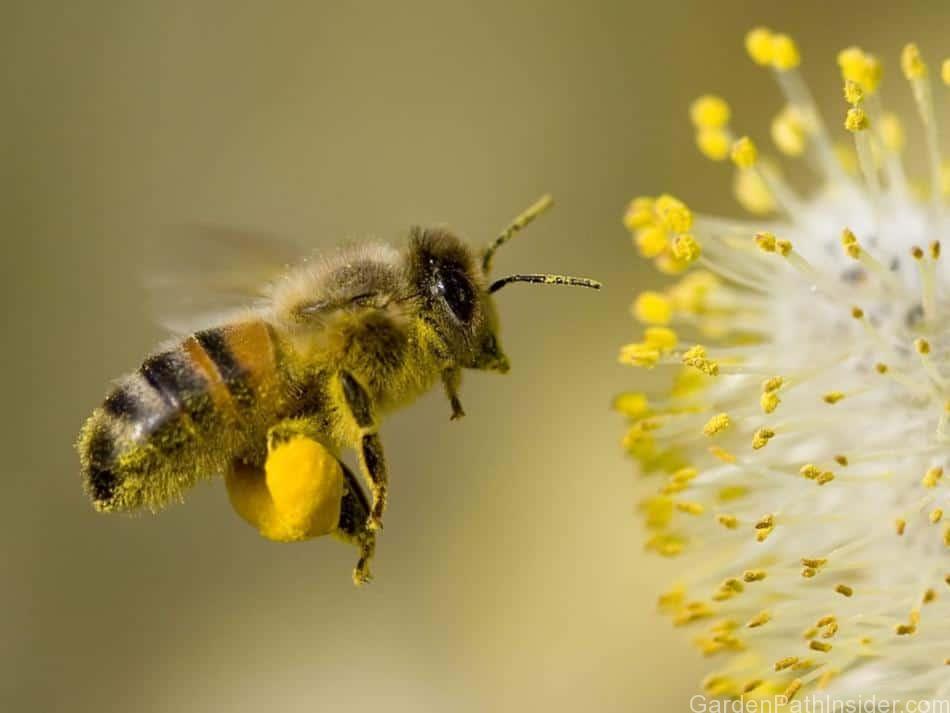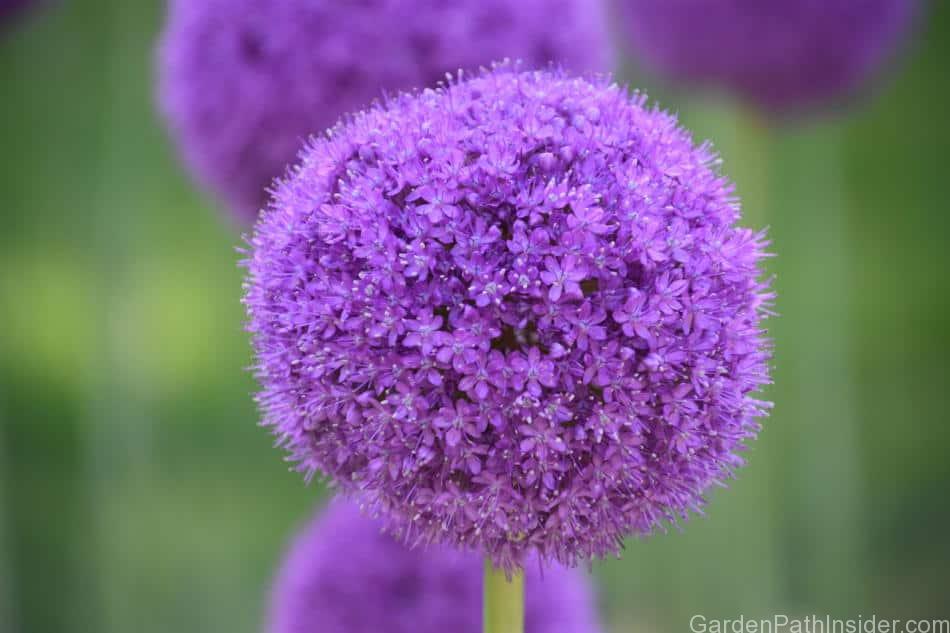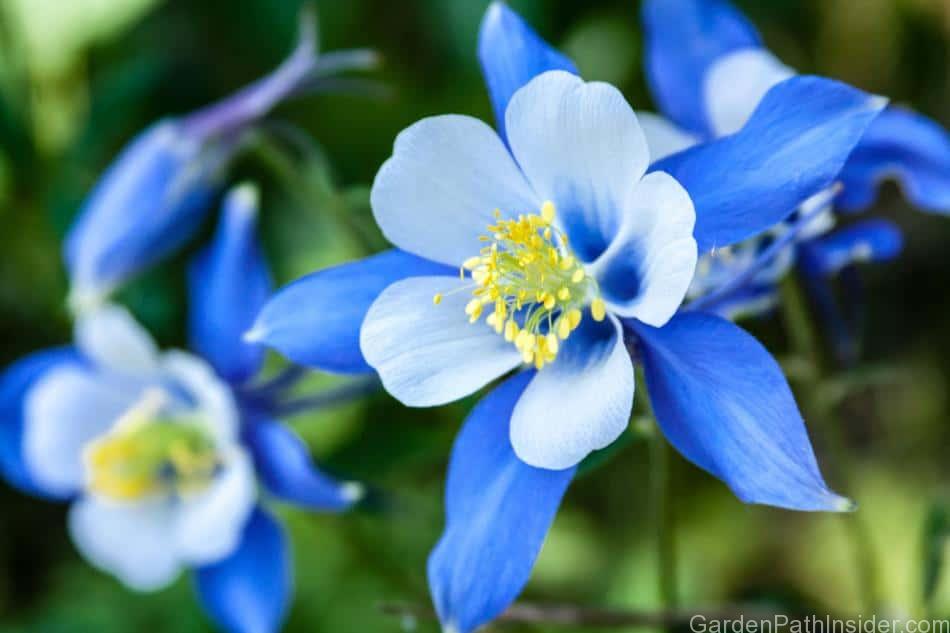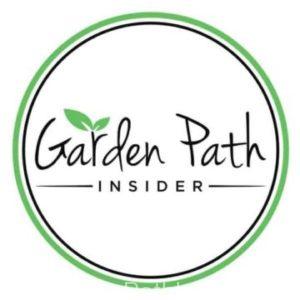
Bees are a wonderful pollinating insect to invite to any garden. As the bees drink nectar and eat pollen, they are also pollinating the blooming flowers providing a more abundant harvest and blooms for gardeners.
Bees are attracted to the colors yellow, purple, blue, ultraviolet, and white as well as the scents of blooming flowers. Bees drink nectar and eat pollen from many varieties of plants depending on the season. Adding bee plants to your yard helps support the bee population by providing a consistent food source, along with shelter in inclement weather.
Bee gardens are easy to incorporate into your existing garden, as bees are not fussy and will dine on almost any nectar and pollen-producing plant. While bees cannot see the color red, they can still find their way to red flowers that are growing near other bee plants, so let your imagination shine as you design your beautiful bee garden.
Cover image details: Bee on a flower close-up_sunny summer day_© Valdis Veinbergs/123rf.com

As with any new addition to your garden, make sure to research the local laws and regulations when adding a new species to the local ecosystem.
Some plants below are classified as invasive in some states and countries but not in others. Always check with your local governing body first.

| Achillea Coronation Gold | |
| Name: | Yarrow |
| Binomial Name: | Achillea Coronation Gold |
| Life Cycle: | Perennial |
| Sun Needs: | Full sun |
| Soil Needs: | Well-draining nutrient-rich soil, also tolerates sandy / rocky soil |
| Water Needs: | Maintain moist soil / also tolerates drier soils |
| Bloom Time: | Blooms Summer through Fall |
| USDA Hardiness: | 3-8 |
| Size: | Can grow larger than 24 inches tall and 24 inches wide (60 cm by 60 cm) |
| Bee Benefits: | Nectar source |
| Facts: | Deer resistant |

| Ajuga Blue Mountains | |
| Name: | Blue mountains |
| Binomial Name: | Ajuga reptans |
| Life Cycle: | Perennial |
| Sun Needs: | Full sun, partial sun |
| Soil Needs: | Well-draining nutrient-rich soil |
| Water Needs: | Maintain moist soil |
| Bloom Time: | Blooms Spring through Summer |
| USDA Hardiness: | 3-9 |
| Size: | Can grow larger than 12 inches tall and 12 inches wide (30 cm by 30 cm) |
| Bee Benefits: | Nectar source |

| Allium | |
| Name: | Allium Summer Beauty |
| Binomial Name: | Allium |
| Life Cycle: | Perennial |
| Sun Needs: | Full sun, partial sun |
| Soil Needs: | Well-draining nutrient-rich soil, also tolerates sandy / rocky soil |
| Water Needs: | Maintain moist soil / also tolerates drier soils |
| Bloom Time: | Blooms Summer |
| USDA Hardiness: | 4-10 |
| Size: | Can grow larger than 24 inches tall and 24 inches wide (60 cm by 60 cm) |
| Bee Benefits: | Nectar source |

| Aquilegia Caerulea | |
| Name: | Colorado blue columbine |
| Binomial Name: | Aquilegia caerulea |
| Life Cycle: | Perennial |
| Sun Needs: | Full sun, partial sun |
| Soil Needs: | Well-draining nutrient-rich soil |
| Water Needs: | Maintain moist soil |
| Bloom Time: | Blooms Spring to mid-Summer |
| USDA Hardiness: | 3-10 |
| Size: | Can grow larger than 24 inches tall and 12 inches wide (60 cm by 30 cm) |
| Bee Benefits: | Nectar source |

| Aquilegia Canadensis | |
| Name: | Red columbine |
| Binomial Name: | Aquilegia canadensis |
| Life Cycle: | Perennial |
| Sun Needs: | Full sun, partial sun |
| Soil Needs: | Well-draining nutrient-rich soil |
| Water Needs: | Maintain moist soil |
| Bloom Time: | Blooms Spring to mid-Summer |
| USDA Hardiness: | 3-9 |
| Size: | Can grow larger than 24 inches tall and 18 inches wide (60 cm by 45 cm) |
| Bee Benefits: | Nectar source |
| Facts: | Also attracts hummingbirds |
Click Below To Continue The Journey On The Next Page!
Please note: While we have worked to provide the most accurate information, climate and growing location will impact the size, height, bloom-time, annual/perennial status, and may impact color. We have gathered this data from personal experience, with online resources used for additional clarification. Additional references include google and usda.gov

